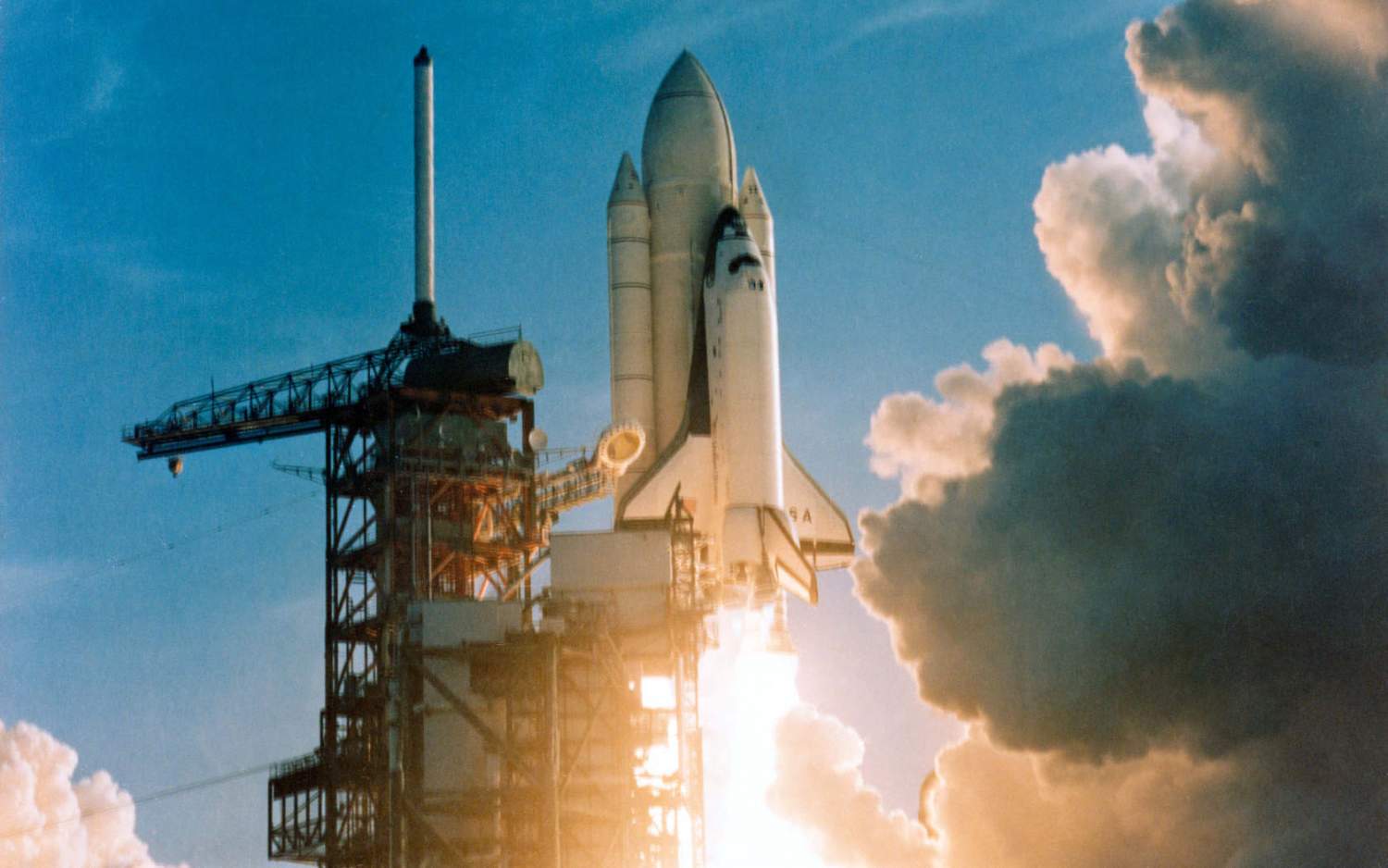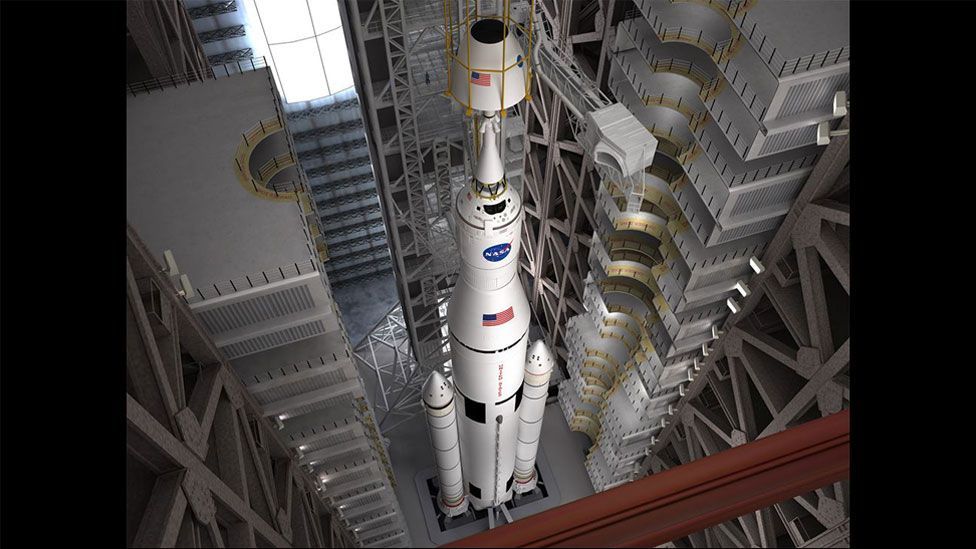

In early 1969, President Richard Nixon had established a space task group to help determine NASA's post-Apollo direction. After beating the Soviets to the moon, NASA needed some new goals. The Apollo program succeeded, of course, when Neil Armstrong stepped onto the lunar surface on July 20, 1969. (Image credit: Apollo 11/NASA)Īpollo ends, and the shuttle program begins

"They kind of fell back to a technology that they understood better - ballistic re-entry and parachutes, which is a much lower-tech approach," Launius said.Īpollo 11 astronaut Buzz Aldrin stands on the lunar surface during the first moon landing in 1969. Because rapid progress was of the essence, space plane development was back-burnered in favor of well-worn vehicles like capsules. Thus began the Apollo program, an all-out race to the moon that impelled the United States to skip over some of the von Braun paradigm's early steps. Kennedy settled on a bold plan in May 1961: To put a man on the moon, and bring him back safely, by the end of the decade. In response to the Soviet challenge, President John F. First, the Soviets launched the world's first artificial satellite, Sputnik, in October 1957 then they put the first human in space, Yuri Gagarin, in April 1961. So if NASA had visions of space planes dancing in its head in the 1950s, why did the nation wait until 1972 to officially begin the shuttle program? The Space Race intervened.Īt the dawn of the space age, the Soviet Union handed the United States two stinging defeats in quick succession. NASA took this vision to heart, using it as a road map when charting its course in the late 1950s, said Valerie Neal, curator for contemporary human spaceflight at the Smithsonian. Space exploration, in the von Braun paradigm, should involve the following sequential steps: Put a human in space develop a reusable spacecraft, making access to space cheaper and easier use this vehicle to build a space station inhabit the space station and employ it as a base from which to launch manned expeditions to the moon and, later, Mars. as part of Operation Paperclip and quickly jump-started the nation's rocket-development programs. Their importance was cemented in the so-called "von Braun paradigm," an idea widely circulated at the time by the famed German rocket engineer Wernher von Braun. (Image credit: NASA)ĭevelopment of the X-20 and the Dyna-Soar, along with other vehicles such as the HL-10, helped lay the foundation for the space shuttle program shortly thereafter.Īs the 1950s wore on, reusable shuttlelike space planes were increasingly viewed as key to the nation's ability to access, explore and exploit space. The X-20 development program was cancelled in 1963, and the vehicle was never built. miltary, NACA and NASA (which was established in 1958) all taking part.Īn X-20 Dyna-Soar (Dynamic Soaring) clears the launch tower atop an Air Force Titan II rocket in this 1961 artist's concept. These studies soon morphed into bona fide vehicle development programs, with the U.S.
#Nasa space shuttle development series
"There was a series of studies after the war that followed up on Sanger's idea," Launius told. Also intrigued, he added, was NASA's predecessor, the National Advisory Committee for Aeronautics (NACA).

"The Bureau of Aeronautics in the Navy got very excited about these ideas and started to pursue them," said Roger Launius, space history curator at the Smithsonian's National Air and Space Museum. But the Silbervogel concept found its way into American hands at the end of World War II, when the United States brought over many German scientists in a mission known as Operation Paperclip. The Nazis didn't end up building the Silbervogel, or any other Amerika Bomber proposal. The process would repeat, with the Silbervogel making the trip across the Atlantic in a series of leaps and bounds. At that point, the increasing air density would give the vehicle lift, bouncing it to a higher altitude again. The reusable Silbervogel would ascend to suborbital space, then drop down into the stratosphere.

Sanger's idea, developed with the mathematician Irene Bredt, was a type of winged rocket called the Silbervogel (German for "silver bird"). Various engineers, including a man named Eugen Sanger, submitted proposals.


 0 kommentar(er)
0 kommentar(er)
